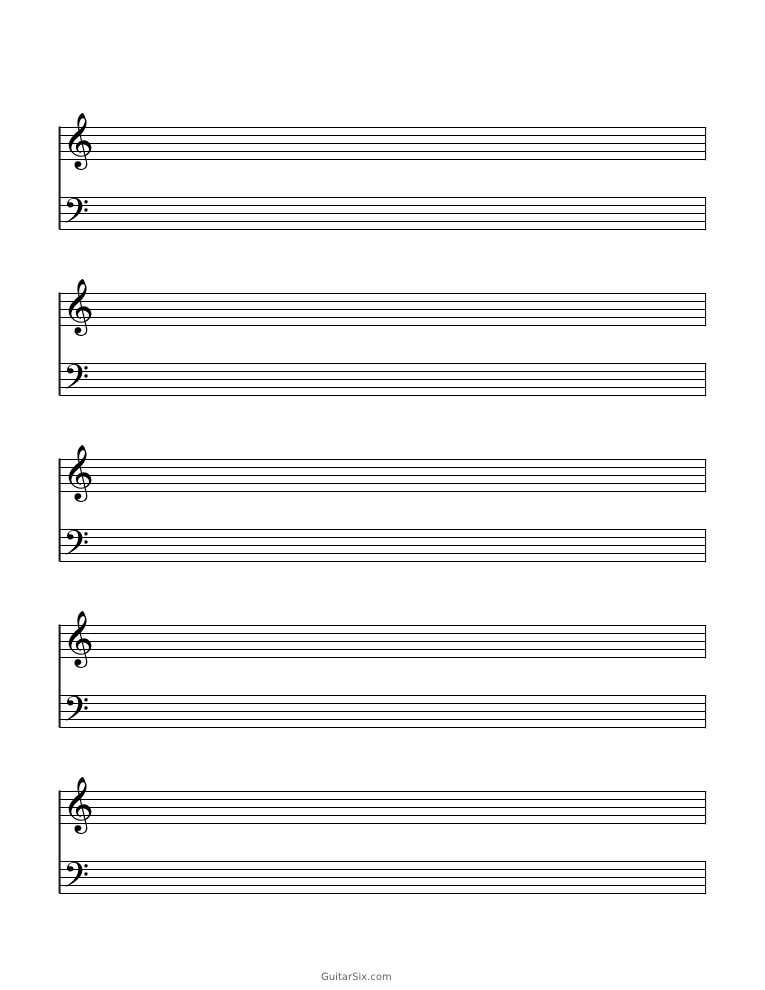
When a 3rd party cookie is set, it means that we have allowed a third party, such as social media, Google Analytics or the like to place a cookie in your browser when you visit our website. We also use both 1st party and 3rd party cookies to improve the user experience on our site and offer relevant marketing. For what purposes do we use cookies?Īs the functionality of most websites depend on cookies being stored when a user visits the website, first and foremost, we set cookies to have a functional site. Most companies use cookies on their websites to improve usability, and cookies cannot damage your files or increase the risk of viruses on your computer.


Session cookies are temporarily placed on your computer when you visit a website, but disappear when you close the site, which means that they are not permanently stored on your computer. Permanent cookies are stored as a file on your computer for an extended period. There are two types of cookies: permanent and temporary (session cookies). Websites can only read information from cookies they have stored and cannot read cookies from other websites. All websites can send cookies to your browser if your browser settings allow it. We intend to use what we have learned from this project in instrument making, exhibitions, and other situations.A cookie is a small data file that is sent to the browser where it is stored in order to make the website able to recognize your computer. Designers and developers from the interior design industry shared their opinions with us, and provided us with fresh perspectives that would not have occurred to us as instrument designers. We fine-tuned these designs through repeated communication with Mexarts, a company that specializes in furniture. With this design, we have created a new way to interact with pianos in bedrooms and other places where owners would not have thought to put them. The completely reimagined, sleek pedals glow against the interior design. The warm, wooden texture gently soothes nerves, and when the large panel that comprises the lid is closed, the instrument feels like a piece of furniture and blends in with the surroundings. We envisioned the player placing favorite items or drinks on the side table, softly playing comforting tunes, and relaxing themselves before heading off to sleep.

“Be-side” is a piano that invites the player to play a bit to relax and enjoy themselves before going to sleep. Our design makes the piano look like a full-length mirror leaning against the wall, and creates a pleasantly surprising, casual feeling. Sometimes, the presence of a piano creates an implicit, unwelcome imperative to play it. We decided to incorporate that tendency into our design, and put shelves for family pictures and mementos above the keyboard. To most people, the tops of pianos are perfect places to put decorations and other items. The solution was a design much like a distinctive decorative shelf, or a painting leaning against a wall. Our task was to find a way to create value in everyday life to outweigh the fact that pianos take up space even though they are not being played throughout most of the day. The design of the “Re-mind” piano focuses on the time the instrument is not being played. Our decision to make the bench large enough for two people to sit on and to add another chair for the listener showcases our desire for the piano to be at the center of time spent with loved ones, whether people are playing the piano together, or the listener is watching the performer across the piano. We also adjusted the height of the top panel to establish the perfect distance between the performer and the listeners. This aim gave way to the formation of the smooth connection between table and piano that enables listeners to relax while in physical contact with the instrument. We set out to create numerous drawings that depicted our deep consideration of the relationships between the performer and the listeners, and our visions of how each of them stand, sit and express themselves around the instrument.įirst and foremost, we wanted to eliminate the psychological distance created by the notion that only the performer is allowed to touch the instrument. “A-round” is a piano that enables people to enjoy time with family and friends.

The three of us eventually reached a common goal to propose designs that not only depict the shapes of objects, but also describe value in terms of time, a key word in our consideration. The purpose of this project was to consider new types of pianos themed around the concept of “Music in Life,” and to present the prototypes we developed with Chinese manufacturer Mexarts at Furniture China, a furniture exhibit.Our deliberations began from the conceptual element of determining what constitutes a prosperous lifestyle, and a life with music in it. Designing meaningful times together with the piano.


 0 kommentar(er)
0 kommentar(er)
